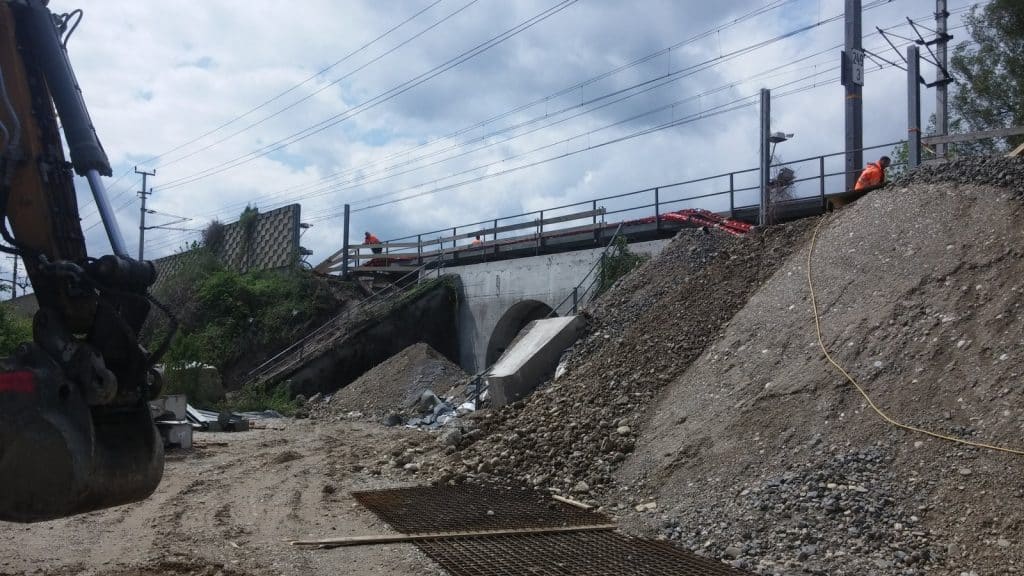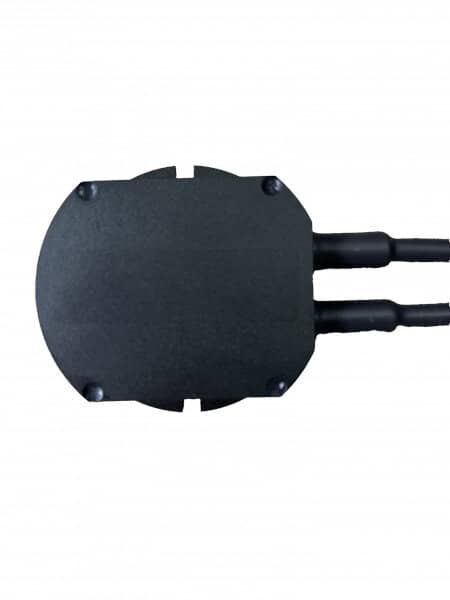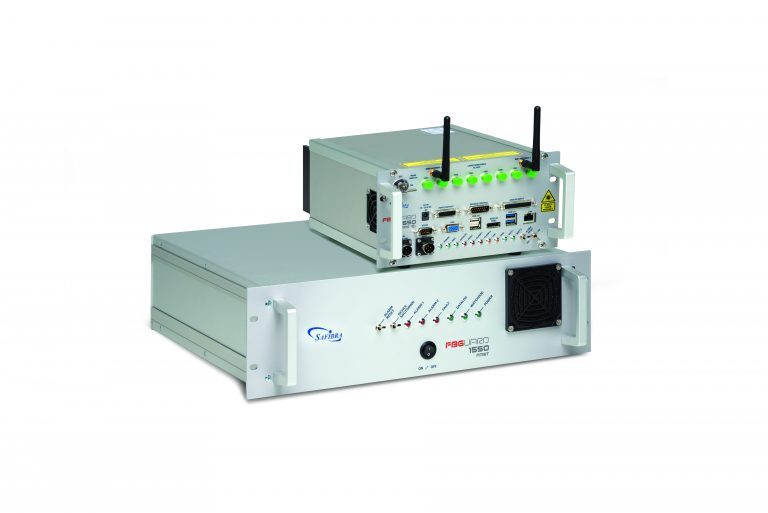
Gallery from realized project
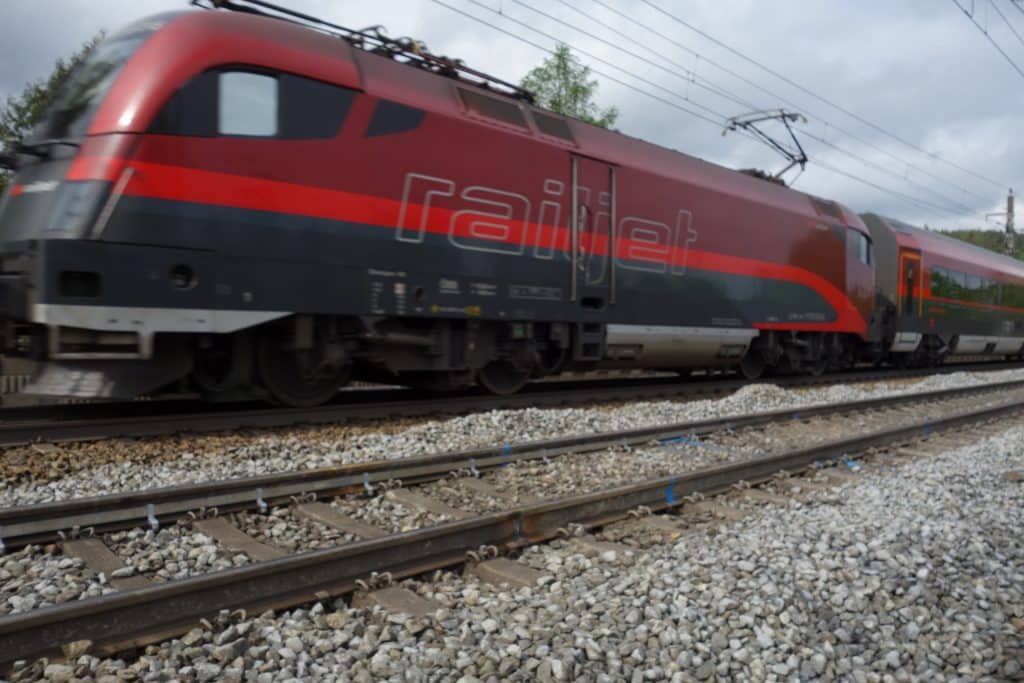

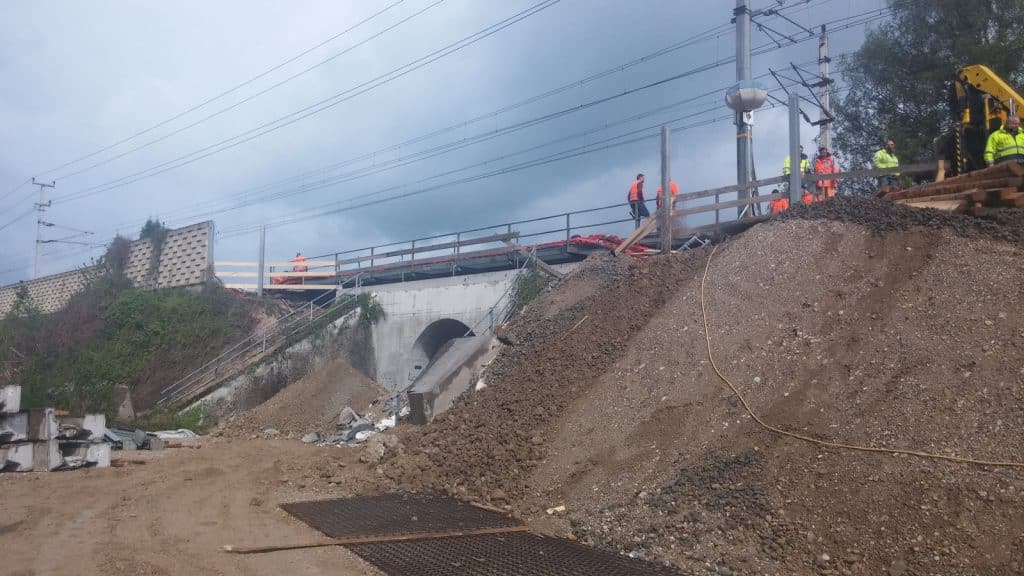
Why work with us?
Our company was invited into the project thanks to its professional expertise and experience in implementing comprehensive real-time monitoring of the bridges.
The fiber optic technology we work with is highly reliable, accurate, and resistant to environmental influences. Thanks to this, we always guarantee the reliability of our systems.
FBG technology is the most suitable solution for deploying a large number of different types of sensors in very harsh environments.
Power transmitted over optical fiber enables remote operation of maintenance-free monitoring technology and eliminates the need for physical visual inspection.
Fiber optic bridge monitoring in remote locations without the need to access electricity at the monitoring location.
Industry
Partners
How can we help you?
Are you considering our products and solutions, need to consult about your project with us, or would you like to establish long-term cooperation with us? Contact us. We’ll do our best to answer any questions you might have within 24 hours.
Are you in a hurry? Don’t forget to leave your phone number to speed up the communication process.
